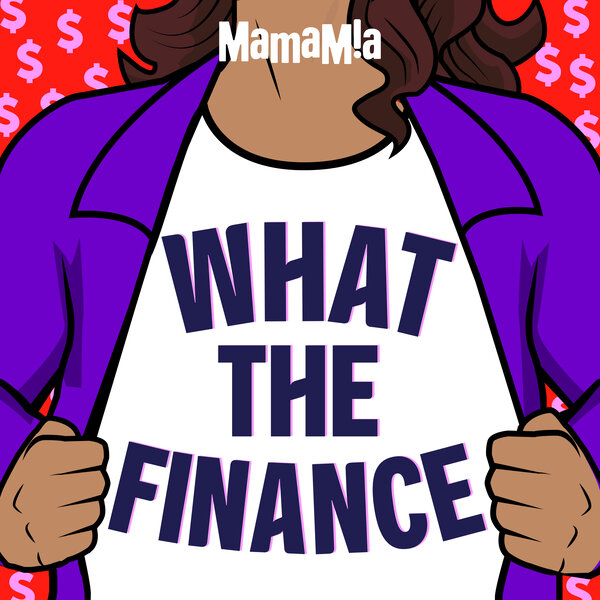Finance expert Bianca Hartge-Hazelman explains why the gender pay gap data is so bloody confusing …
Australia seems to lack consistency when it comes to reporting the difference between what men and women are paid – that is, the gender pay gap.
Media headlines and press releases are written for maximum impact and often the figures and methodologies used to present the gender pay gap, are not always well explained. As it stands, the data most often used to reflect the national gender pay gap is based on Average Weekly Full-Time Earnings data from the Australian Bureau of Statistics (ABS).
From this we get a 2016 gender pay gap of 16 per cent.
This figure comes from a sample of about 5700 employers, designed to represent 8 million full-time workers, of which only 2.9 million are women. While the ABS does not produce its own gender pay gap, the data used to come up with that 16 per cent is recognised by the Workplace Gender Equality Agency (WGEA) and is also used in the Financy Women’s Index.
But it’s not the same figure reported globally by the Organisation for Economic Co-operation and Development (OECD) which has Australia’s latest gender pay gap at 15.4 per cent, based on the latest available data from 2014. The difference comes from the fact that OECD uses the latest available median data and they take Non-Managerial Adult Ordinary Times Hours from the ABS.
Why? Because the OECD like medians – the middle point – not so much averages.






























































































